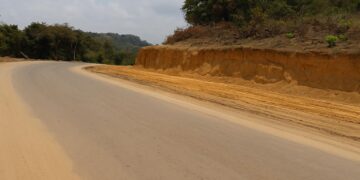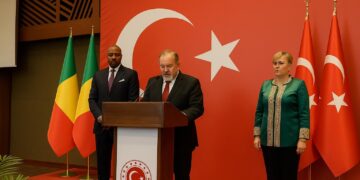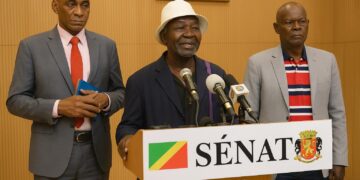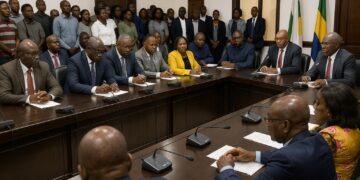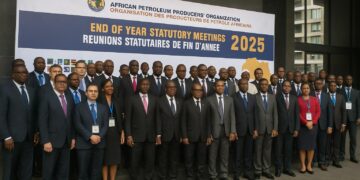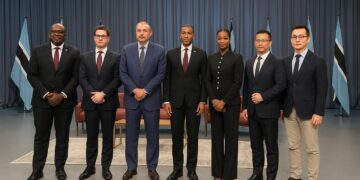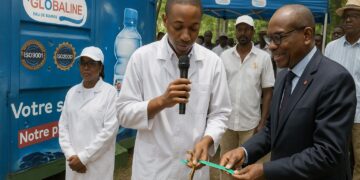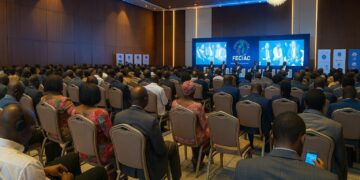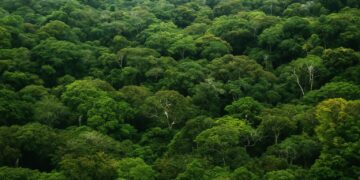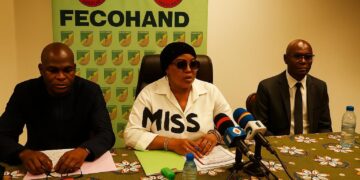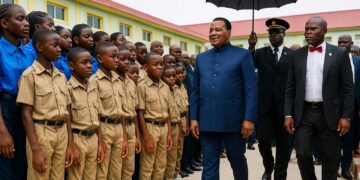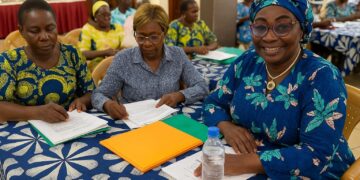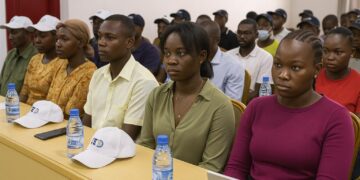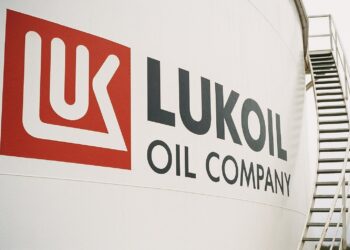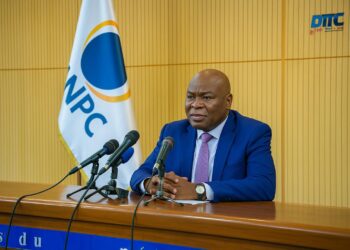5.5 Billion-Dollar MoU Signals Botswana’s Grid Shift
Gaborone’s Ministry of Minerals and Energy confirmed on 6 November the signing of a 5.5 billion-dollar memorandum with Ulsan Holding and partners to modernise Botswana’s thermal backbone and accelerate solar deployment (Botswana Government Communiqué, 7 Nov).
Minister Bogolo Joy Kenewendo hailed the agreement as “a decisive step toward self-reliance and export capacity”, noting that the seven-year framework aligns with the country’s Integrated Resource Plan and Vision 2036 goals (local press briefing).
Scope: Morupule Upgrade and New Solar Capacity
The plan centres on rehabilitating Morupule A and B, bringing the combined units back to nameplate efficiency after frequent deratings linked to boiler wear and coal-handling bottlenecks (Botswana Power Corporation data).
Alongside the fix, consortium members will develop up to 600 MW of photovoltaic parks on state-leased land near Palapye, tapping Botswana’s 3 000 kWh/m² solar irradiance while leveraging existing transmission corridors.
Clean Coal Technology in the Kalahari Context
Ulsan proposes circulating fluidised-bed retrofits and flue-gas desulphurisation to meet regional emissions guidelines without stranding Botswana’s high-grade Morupule coal seam (International Energy Agency coal quality report).
Company engineers argue that pairing low-nitrogen burners with carbon-capture ready designs offers a pragmatic route for landlocked economies that still rely on coal for baseload stability.
Regional Trade via the Southern African Power Pool
Once the 1.5 GW portfolio is fully dispatched, Botswana could move from net importer to surplus seller, freeing up as much as 400 MW for day-ahead trading across the Southern African Power Pool, according to SAPP planning documents.
Grid operator BPC is upgrading the 400-kV backbone to the Zimbabwe and Namibia interconnectors, a prerequisite for firm wheeling contracts targeted for 2028.
Investor Roadmap and Financing Milestones
Structured as a public–private partnership, the package mixes export-credit lines from Türk Eximbank, mezzanine debt from Mercuria Energy Trading and an equity tranche underwritten by Ulsan, TFGL and IGI, people close to the deal confirmed (Reuters, 8 Nov).
Financial close is pencilled in for Q2 2024, with early-works mobilisation already visible at Morupule under a limited-notice-to-proceed issued mid-October.
Ulsan’s Parallel Iron Ore Bet in Congo-Brazzaville
Beyond Botswana, Ulsan is advancing a 3 million-tonne-per-year iron-ore development at Mayoko, Republic of Congo, scheduled for first ore in 2026 and ramping to five million tonnes by year three (company presentation, Brazzaville, September).
The project has high-level backing; Congo’s Ministry of Mines views the mine–rail–port chain as a pillar of its industrialisation agenda endorsed under the National Development Plan 2022-2026.
Rehabilitating the Mayoko–Pointe-Noire Railway
Critical to delivery is the 465 km branch line linking Mayoko to the deep-water port of Pointe-Noire. Turkish infrastructure group Albayrak, already operating conventional cargo services, is refurbishing ballast, sleepers and signalling to raise speeds to 70 km/h.
Early civil works reached 40 % completion in October, and Ulsan estimates the corridor will handle six ore trains daily once dredging at the port’s mineral berth concludes in 2025.
Emerging Green Steel Hub in Pointe-Noire
Ulsan is negotiating land inside a designated special economic zone near Pointe-Noire to host a pelletiser, 1.1 Mt DRI module and mini-mill, powered by a 120 MW captive plant using flare gas and renewables.
Officials say the cluster could cut billet import bills and anchor downstream fabrication in central Africa, dovetailing with Congo’s climate pledge to reduce industrial emissions by 20 % before 2030.
Timing, Risk Factors and Policy Backdrop
Execution risk hinges on supply-chain reliability and timely regulatory clearances, notably Botswana’s Environmental Impact Assessment and Congo’s rail safety certification. Both governments have committed to expedited one-stop-shop procedures and sovereign guarantees.
Currency volatility remains a watchpoint, yet dealmakers point to the pula’s relative stability and Congo’s euro-pegged CFA franc as buffers against major swings in debt-service ratios.
Broader Energy Transition in Southern Africa
The Botswana–Ulsan agreement underscores a wider pivot across the sub-region toward hybrid power systems blending coal, solar and, increasingly, battery storage. Namibia, Zambia and Zimbabwe each tendered over 500 MW of renewables in 2023.
Analysts at Wood Mackenzie argue that Southern Africa’s grid deficits translate into a 10 GW pipeline of opportunities by 2030, with competitive tariffs if financing costs keep easing.



